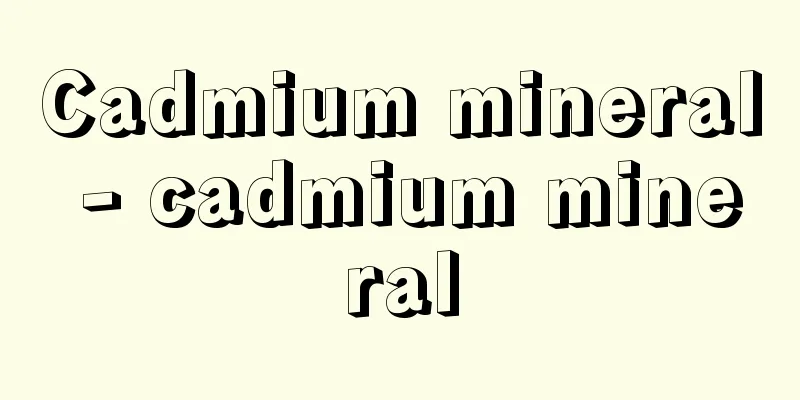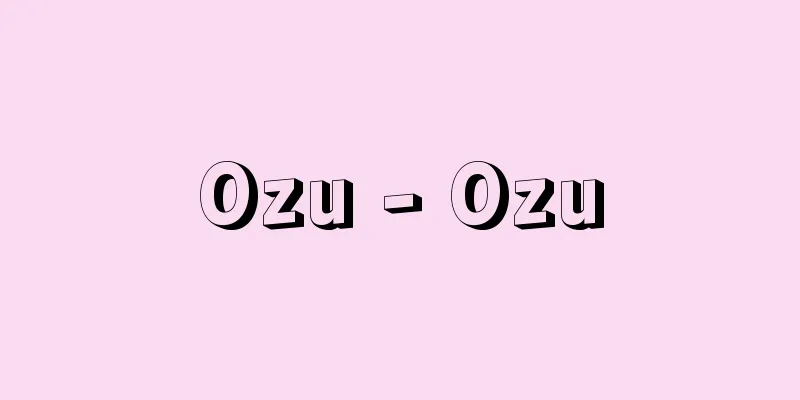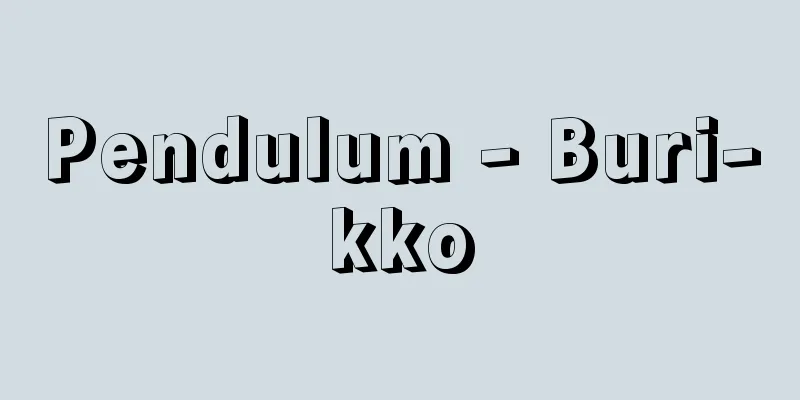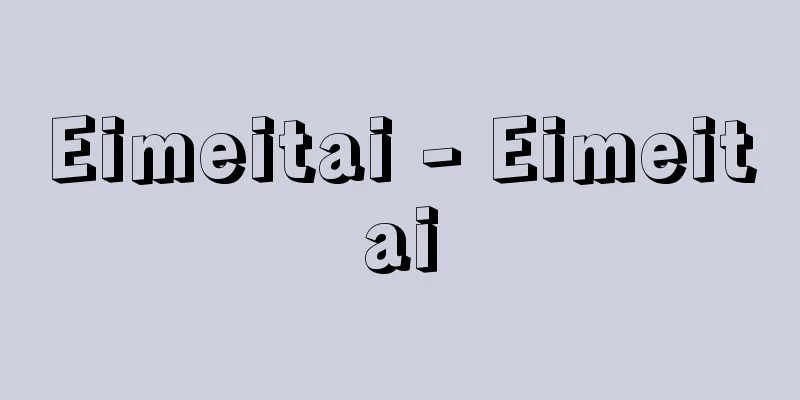Undercover operation - undercover operation

|
Investigative methods in which investigative agencies use themselves or a third party as a decoy to induce a crime in order to discover and arrest a criminal, and then attempt to catch the criminal in the act. This investigative method is used for highly secretive and habitual crimes such as drug crimes. Regarding whether a sting operation affects the guilt of the criminal who is induced by it, a precedent (Supreme Court decision of March 5, 1953, Supreme Court Criminal Case Law Collection, Vol. 7, No. 3, p. 482) has interpreted that it has no effect under substantive law or procedural law. However, some academics have the view that this investigation itself is illegal, based on the violation of due process (due process of law) in Article 31 of the Constitution. In addition, there is a lot of debate about whether the act of inducing a crime through a sting operation constitutes a crime, especially as an issue of instigation of an attempt or agent provocateur (French). A provocateur is a person who incites others to commit a crime, waits until the instigated person starts to carry out the crime, and then arrests or prosecutes the instigated person. It is often translated as a "police dog." In particular, during the time of Louis XIV, it was often used as one of the security measures. On this point, there is a view that instigating a crime with the intention of ending it as an attempt from the beginning is not punishable because it lacks the instigator's intent, but the prevailing theory and precedents are that since the act of the instigated person is an attempted crime, instigating it is also punishable as instigation of an attempted crime. [Tetsuro Nawa] [References] | |Source: Shogakukan Encyclopedia Nipponica About Encyclopedia Nipponica Information | Legend |
|
捜査機関が犯罪者の発見・逮捕のため、自らまたは第三者を「おとり」にして犯罪を誘発し、この犯人を現行犯として逮捕しようとする捜査方法。麻薬犯罪など密行性と常習性の強い犯罪にこの捜査方法が用いられる。おとり捜査がこれにより誘発された犯人に対する罪責の有無に影響を与えるかにつき、判例(最高裁判所決定昭和28年3月5日、最高裁判所刑事判例集7巻3号482頁)は実体法上および訴訟法上なんら影響しないと解している。しかし、学説には、憲法第31条のデュー・プロセス(法の適正な手続)違反などを根拠に、この捜査そのものが違法であると解する見解もある。なお、おとり捜査により犯罪を誘発する行為が犯罪を構成するかにつき、とくに未遂の教唆またはアジャン・プロボカトゥールagent provocateur(フランス語)の問題として大いに争われている。アジャン・プロボカトゥールとは、他人を教唆して犯罪の実行を決意させ、被教唆者が実行に着手するのをまって逮捕したり告発したりする者をさし、「警察の犬」などと訳される。とくに、ルイ14世当時、治安対策の一つとしてしばしば用いられた。この点につき、初めから未遂に終わらせる意図で犯罪を教唆するのは教唆犯の故意を欠くから不可罰であると解する見解もあるが、通説・判例は、被教唆者の行為が未遂犯にあたる以上、これを教唆するのも未遂犯の教唆として可罰的であると解している。 [名和鐵郎] [参照項目] | |出典 小学館 日本大百科全書(ニッポニカ)日本大百科全書(ニッポニカ)について 情報 | 凡例 |
<<: Dancing Nembutsu - Odorinembutsu
Recommend
Komachi Dance - Komachi Dance
Furyu-odori is a dance performed by young girls o...
Phoenix (English spelling)
Its abbreviation is Phe. It is a southern constell...
Religious corporation - shuukyouhojin
This refers to a religious organization that has ...
International Congress of Orientalists
… For example, the School of Oriental Studies at ...
Iron oxalate (iron oxalate)
Iron oxalates in the oxidation states II and III a...
Teisuke Oki
Year of death: April 21, 1904 (Meiji 37) Year of b...
Luo - ra (English spelling)
A Chinese dactyl. A general term for instruments m...
Vogt, Walther
Born: February 24, 1888. [Died] March 17, 1941. Ge...
The Social System
One of the major works by American sociologist T. ...
Virtualization - Or not?
To provide a situation where a certain hardware (d...
Kuhn, Abraham
…From the late 19th century to the early 20th cen...
Saint Mary's Cathedral
…In 1220, when the bishopric was moved from Old S...
Eanna - Eanna
… Examples of Sumerian art are known from the Uru...
《Fishing Village Preservation Law》
...Let's take a look at the beach seine fishi...
Income Policy - Job Creation
This is a policy in which policy authorities main...









